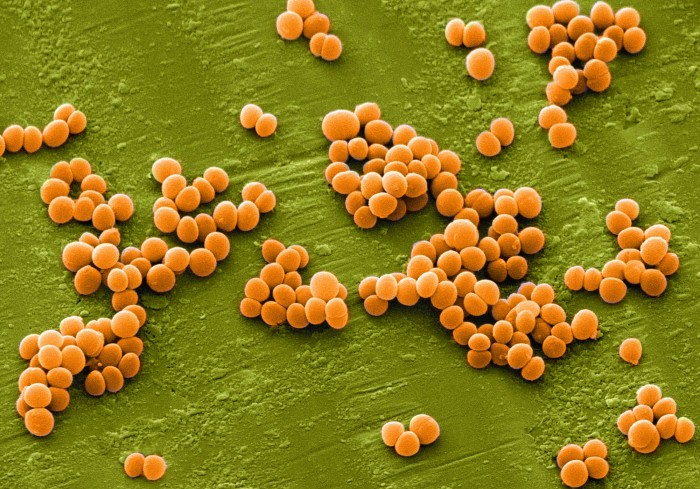Have you ever wondered what makes wine so good? Scientifically speaking, of course. The team at Reactions explains the science behind the flavor profiles of different vintages.
Category: Biology (page 5 of 63)
Over on nature.com, Sara Reardon provides a brief rundown on different alternatives to traditional antibiotic treatments. These alternatives are among some of the most promising solutions to growing antibiotic resistance. Sara mentions peptides, phages, metals and gene editing techniques. Phages have been used clinically for many years especially in Eastern Europe. And metals like silver and copper have been used as antibiotics since at least the 4th century B.C. Silver in particular causes bacteria to act like zombies and kill other live bacteria after they’ve been treated.
Antibiotic peptides are commonly isolated from the skin of frogs, and also in fungi. These peptides are typically 10–50 amino acid residues long and have many cationic residues. They can act in multiple ways, but most permeabilize and disrupt cellular membranes causing bacterial contents to leak out of the cell.
Gene editing is gaining popularity as scientists makes continued improvements to CRISPR technologies. Bacteria usually use CRISPR to develop resistance to phages and viruses, but scientists are engineering ways to use this to make bacteria attack themselves. As the technology develops, some scientists believe antibiotic CRISPR systems have the potential to be much better than traditional antibiotic treatments.
Taken as a whole, development on all these fronts signals that research on new antibiotics will continue to progress, even as traditional small molecule antibiotics are becoming harder to find.
Much ink has been spilled over the lack of new antibiotics and the increase in drug resistant bacteria. But a few weeks ago, there was finally news of a breakthrough. Researchers have finally discovered a new antibiotic, teixobactin.
Teixobactin works by binding lipid precursors of the cell wall. This interference weakens the bacterial cell wall, causing the microbes to leak and die. The drug is only effective against gram-positive bacteria, like Staphylococcus aureus and M. tuberculosis, and it could help combat resistant strains that commonly cause MRSA infections. Teixobactin was active against MRSA infections in mice. It is not effective on gram-negative bacteria, like E. coli.
The method they used to discover the antibiotic is also quite interesting. Compound Interest explains:
We know bacteria produce their own antibacterial compounds, to combat other competing bacteria. However, since 99% of bacteria can’t be grown in lab conditions, this greatly limits the number of these compounds that we can investigate. The method used to discover teixobactin overcomes this, by diluting soil samples, then placing small samples containing single bacterium cells in a device they named an ‘iChip’.
The ‘iChip’ is essentially just a device with a large number of small channels, into which bacteria can be deposited. The channels are then covered with a semi-permeable membrane, which allows environmental factors which influence bacterial cell growth to diffuse across to the bacterium cells. Using this method, the researchers were able to cultivate bacteria which were not previously grown in lab conditions, as once a culture is formed it is easier to entice them to do so. The researchers isolated 25 different antibiotic compounds, of which teixobactin is the most promising.
This is potentially a giant step forward for antibiotics and antibiotic discovery. For further reading check out the original publication. Also check out coverage by Ed Yong, Science Magazine, and Scientific American.

